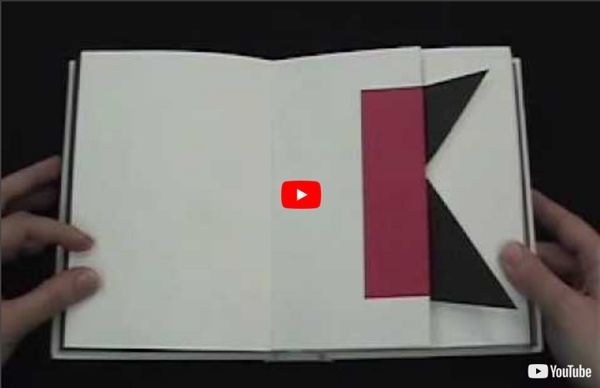



Die for the Money Mar 22, 2011 Artwork by SCOTT CAMPBELL Scott Campbell, Skull Cube, 2010, Cut US currency, 9 x 6 x 4 inches Scott Campbell is a sort of semiotician, studying the signs, symbols, and text, commonly found in tattoo culture. via The OH WOW Gallery Strange Stuff And Funky Things SSAFT a fêté ses 15 ans le 03 janvier dernier, et à l'accoutumée, je vous propose un bilan de l'année 2023 qui vient de s'écouler (voir les bilans précédents : 1, 2, 3 , 4, 5, 6, 7, 8, 9, 10 et 11). Lire la suite « billets précédents page 1 de 69 Paper Cuts Izziyana Suhaimi We’ve been seeing a lot of embroidered art as of late but I must say that so far, I’ve been most impressed by Singaporean artist Izziyana Suhaimi‘s work. I can’t get over how skillfully she is able […] A Due Colore I still can’t get over how Alberto Seveso can make something as simple as ink in water look so captivating.
Silhouette Masterpiece Theatre Paper Art Paper art can be traced back to Japan, where it originated over a thousand years ago. From complex paper cutting to book carving, this is an ever expanding area of design that is hardly talked about. These intricate paper designs grace museums and exauhibitions throughout the world and is becoming yet another exciting medium of expression for many designers. Some of the artists featured here use simple materials, such as A4 printing papeel, while others resort to unexpected materials, such as actual books, as their prime materials. In this article, we’ll take a look at 13 remarkable artists and showcase their truly amazing pieces of paper art. Peter Callesen Visit website Jen Stark Visit website Simon Schubert Visit website Brian Dettmer: Book Sculptures Visit website Sher Christopher Visit website Elsa Mora Visit website Yulia Brodskaya Visit Website Su Blackwell Visit website Richard Sweeney Visit website Jolis Paons Visit website Bovey Lee Visit website Bert Simons Visit website Ingrid Siliakus Visit website
Books transformed into visual art Origami artists have been transforming paper into varied, visually striking works of art since centuries. However, an entirely different wagon of artists has stretched it across the paper and is creating the same magic with books. Had these books not been morphed into unusual artworks, you might have seen them bedecking some landfill, a ditch or a waste-bin. Anagram Bookshop (Prague) promotional images from Kaspen deserve a glance for sure. Known as Robert The, the Kingston-based artist outshines all. Brian Dettemer is one of the masters of this weirdly green art. Casey Curran etches his art on books with a scissor. UK artist S. Lucille Moroni works with 19th century church books and missals to create art. Folded books by Denise Kiggan are just incredible!
Expressive Masterpiece Collection of Paper Art Sculptures Sculpture is used as a mode of public art, where it requires a lot of time and great amount of inspiration and experience to come up with a masterpiece. Paper Sculpture is another type of expressing art by the use of Paper to mold a certain creatures inspired works of art. By the use of your imagination you can make a dramatic piece of art with a touch of your personal style depending on what catches your attention for a subject. Or perhaps, you would just be one of those who would love to appreciate art and take it step by step to learn and engage yourself into it. With a simple piece of Paper, you may already see wonders so take a look at these Brilliant Paper Art SculptureCollection as it will surely amaze you, and will stimulate your artistic skills to create one in your own chosen design. You may want to take a look at the following related articles: Humming Bird By: calvin nichollsSource By: calvin nichollsSource Carnival Paper By: Carlos MeiraSource Paper Sculptures Private Collection Ads